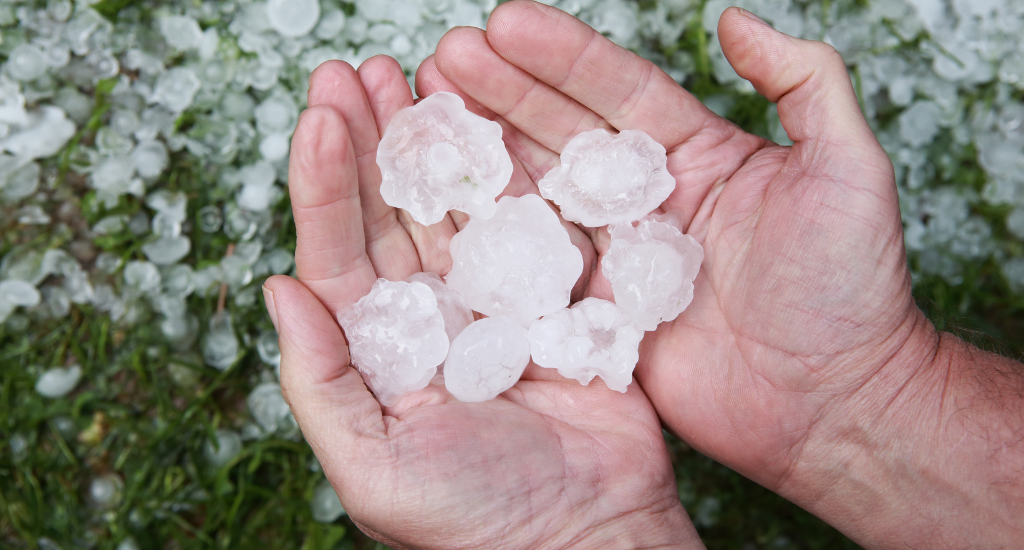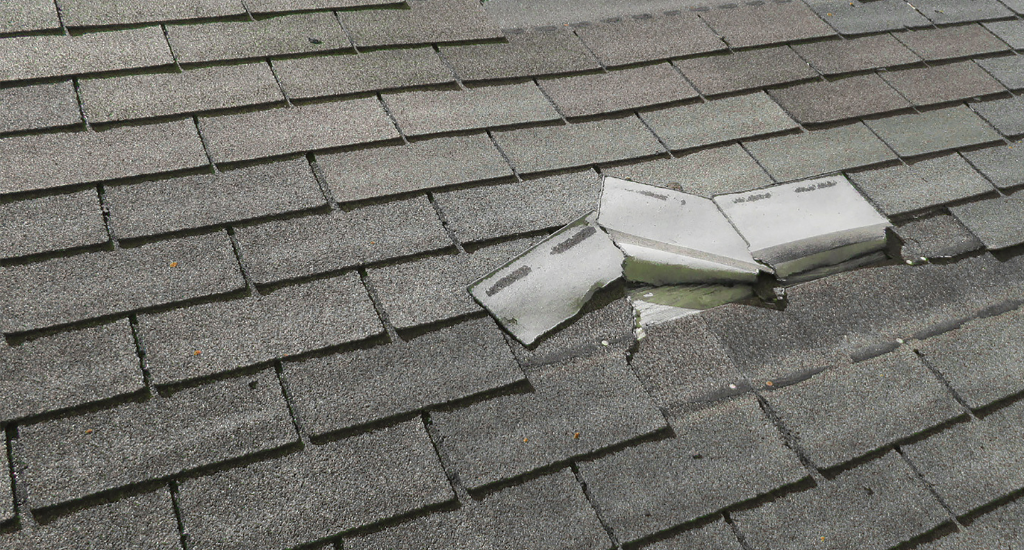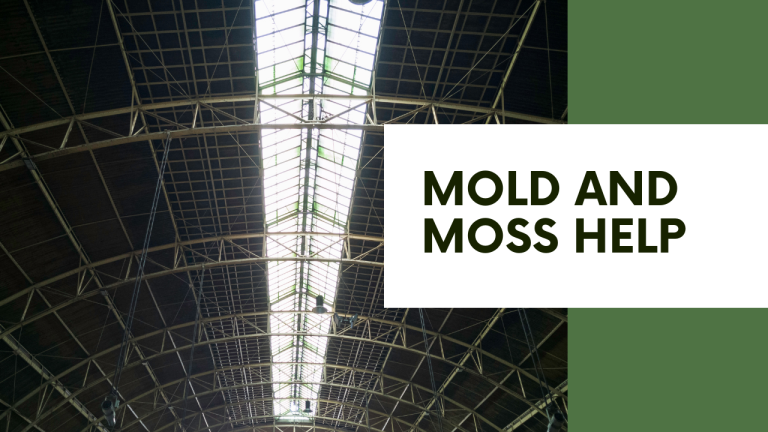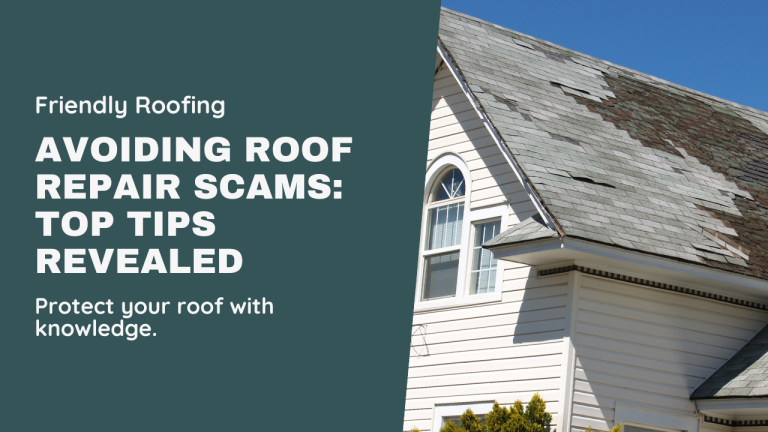Hailstorms can be both awe-inspiring and devastating. While watching hailstones dance across the sky can be mesmerizing, the aftermath of a severe hailstorm can leave homeowners facing costly repairs and extensive damage to their properties.
One of the most vulnerable parts of any home during a hailstorm is the roof. Hailstones can vary in size from small pellets to large, destructive chunks of ice, capable of causing significant damage to roofing materials and structures.
However, with proactive hail damage prevention measures and the right strategies in place, homeowners can minimize the risk of hail damage and ensure their roofs remain resilient in the face of nature’s fury.
Hail Damage
Before diving into prevention strategies, it’s crucial to understand the nature and extent of hail damage. Hail forms when updrafts in thunderstorms carry raindrops into extremely cold areas of the atmosphere, where they freeze into ice pellets.

These pellets can grow in size as they circulate within the storm cloud, eventually falling to the ground as hailstones. The size and density of hailstones can vary greatly, ranging from small, pea-sized hail to large, destructive hailstones measuring several inches in diameter.
Types of Hail Damage
| Visible Damage | This includes dents, cracks, and punctures on the roof’s surface, as well as damage to gutters, vents, and other external components. |
| Structural Damage | Hail impact can weaken the structural integrity of the roof, compromising its ability to withstand future storms. |
| Functional Damage | Hail damage may also affect the functionality of the roof, leading to leaks, water infiltration, and moisture-related issues. |
Despite common misconceptions, no roof is entirely impervious to hail damage. However, there are steps homeowners can take to minimize its impact and enhance their roof’s resilience.
Assessing Your Roof’s Vulnerability
Several factors influence a roof’s susceptibility to hail damage:
Roofing Material
Certain roofing materials, such as asphalt shingles, are more prone to hail damage than others. Metal, tile, and slate roofs tend to be more durable and resistant to hail impact and can save you money when it comes to roof repair.
Age and Condition
Older roofs or those in poor condition may be more vulnerable to hail damage. Regular maintenance and inspections are essential for identifying and addressing any weaknesses.
Roof Slope and Orientation
The slope and orientation of a roof can also affect its vulnerability to hail damage. Steeper roofs may experience less damage than flat or low-sloped roofs, while roofs facing prevailing storm directions may be at higher risk.
To assess your roof’s vulnerability, conduct a thorough inspection to identify any existing weaknesses or areas of concern. Look for signs of granule loss, cracks, or surface irregularities that could indicate susceptibility to hail damage. Additionally, consult with roofing professionals to evaluate your roof’s condition and determine the most effective hail damage prevention measures.
Strategies for Hail Damage Prevention
Choose the Right Roofing Materials
Opt for impact-resistant shingles, metal roofing, or slate/tile roofing, which offer enhanced durability and protection against hail damage. Impact-resistant shingles are specifically designed to withstand hail impact and are rated based on their resistance to damage.
Reinforce Roof Structure
Strengthen your roof’s structure by installing additional layers of protection, reinforcing roof decking and supports, and ensuring proper fastening and anchoring. This can help minimize the risk of structural damage and improve the overall resilience of your roof.
Implement Protective Measures
Install hail guards or screens over vulnerable areas such as skylights, vents, and HVAC units to provide an additional layer of protection against hail impact. Additionally, apply impact-resistant coatings to enhance the resilience of your roof surface and minimize the risk of damage.
Maintain Your Roof for Resilience
Conduct regular inspections and repairs to address any issues or vulnerabilities promptly. Keep gutters and drains clean to prevent water buildup and potential damage during hailstorms. Trim overhanging branches to minimize the risk of impact damage from falling debris.
By proactively addressing these aspects, homeowners can significantly reduce the likelihood and severity of hail damage to their roofs, thus prolonging their lifespan and minimizing repair costs.
Insurance Considerations
While hail damage prevention is crucial, it’s also essential to ensure adequate insurance coverage to mitigate financial losses in the event of damage. Review your homeowner’s insurance policy to understand the extent of coverage for hail damage and any limitations or exclusions that may apply.
In the event of hail damage, take prompt action to document the damage and file a claim with your insurance provider. Provide thorough documentation, including photographs, estimates, and any relevant documentation to support your claim. Work closely with your insurance adjuster to ensure that all necessary repairs are covered and completed to your satisfaction.

Post-Hail Damage Remediation
If your roof sustains hail damage despite preventive measures, it’s essential to take immediate action to assess the extent of damage and initiate repairs or replacements as needed. Engage qualified contractors with experience in hail damage prevention and remediation to ensure that repairs are completed to industry standards and in compliance with local building codes.
Depending on the severity of the damage, you may need to decide between emergency roof repair or full roof replacement. Consider factors such as the extent of damage, the age and condition of your roof, and your long-term goals and budget constraints when making this decision.
Fortify Your Roof By Following Key Strategies for Hail Damage Prevention

In conclusion, protecting your roof from hail damage requires a proactive approach and a combination of preventive measures, regular maintenance, and adequate insurance coverage. By implementing the strategies outlined in this guide and staying vigilant, homeowners can safeguard their homes and enjoy peace of mind, knowing that their roofs are well-prepared to withstand nature’s unpredictable forces. Remember, hail damage prevention is not just about avoiding costly repairs—it’s about safeguarding your most valuable investment: your home.




